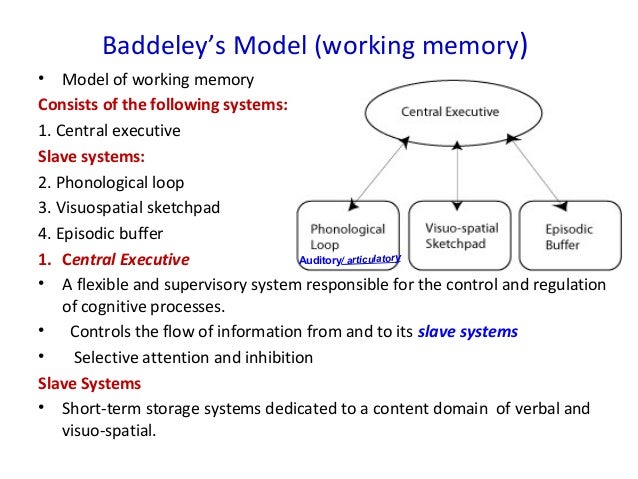

Context and duration of interaction are two important criteria that function as filters.ĭesign implications: do not overload user’s memory leverage recognition as opposed to recall when possible provide a variety of different ways for users to encode information digitally.

Involves filtering new information to identify what knowledge should be stored. Enables people to recall and recognize entities, and to determine appropriate actions. Memory: process for storing, finding, and accessing knowledge. Involves input from sense organs (such as eyes, ears, nose, mouth, and fingers) and the transformation of this information into perception of entities (such as objects, words, tastes, and ideas).ĭesign implications: all representations of actions, events and data (whether visual, graphical, audio, physical, or a combination thereof) should be easily distinguishable by users. Enables people to perceive entities and objects in the world. Perception: process for capturing information from the environment and processing it. Object can be a physical or abstract one (such as an idea) that resides out in the world or in the mind.ĭesign implications: make information visible when it needs attending to avoid cluttering the interface with too much information. Here is a description of each process along with a few related implications.Īttention: process for selecting an object on which to concentrate. They play a role in experiential and reflective modes of cognition. The processes are interdependent and occur simultaneously. The six types of cognitive processes that I will describe are attention, perception, memory, language, learning, and higher reasoning. My focus will remain on the questions: “what is cognition? And what are the main types cognitive activities?” Here I will continue my investigation into the scope of cognition by identifying six different types of cognitive processes, taken from the book Interaction Design: Beyond Human-Computer Interaction. In my last post I identified two different modes of cognition.


 0 kommentar(er)
0 kommentar(er)
